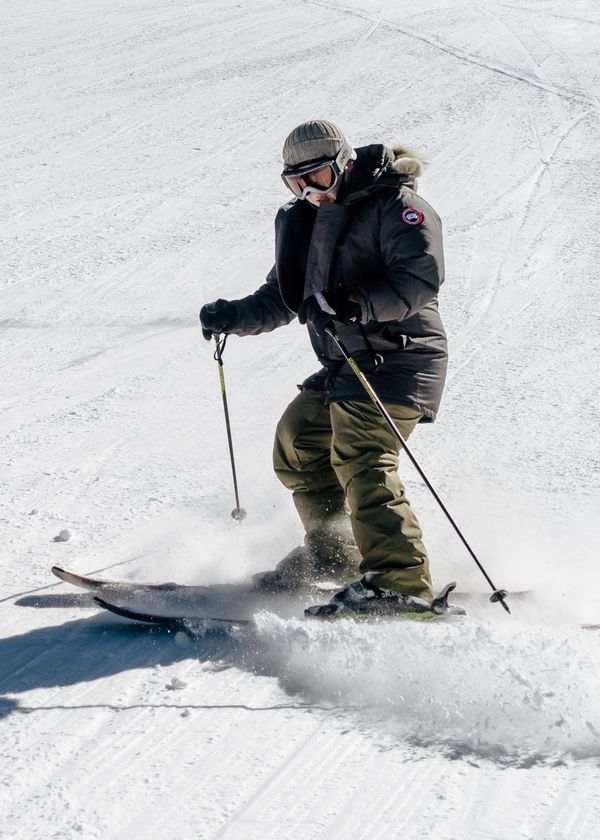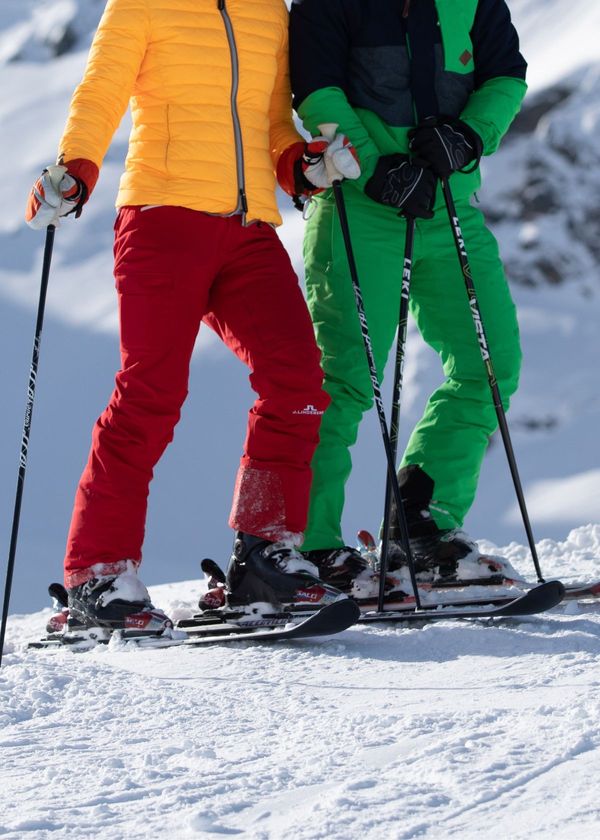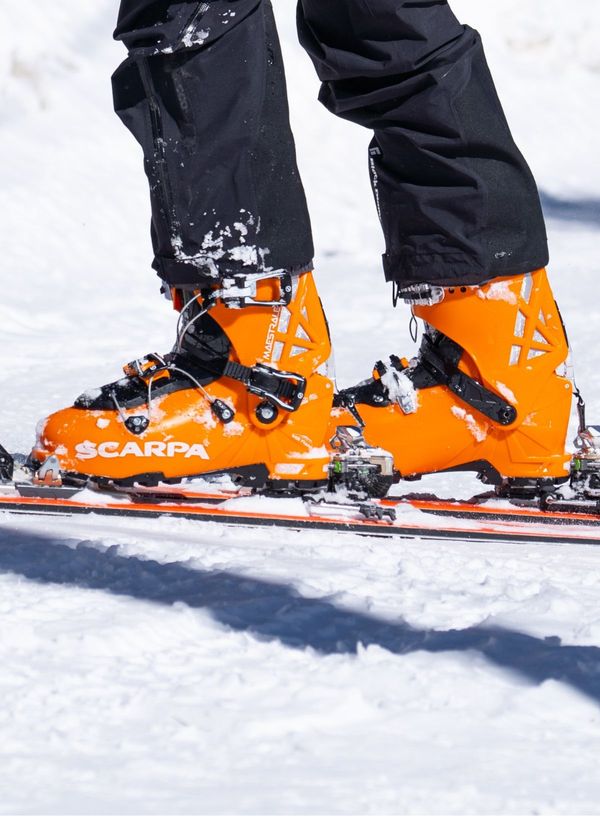Skiing is a fun and exciting sport enjoyed by people all over the world.
Whether you're a seasoned pro or just starting out, having the right equipment is essential for your success on the slopes.
One piece of equipment that often gets overlooked is ski poles.
Ski poles serve many purposes, including providing balance, helping with turns and jumps, and assisting with propulsion on flat sections of terrain.
But how do you know what size ski pole to get? In this article, we'll take a deep dive into ski pole sizing and everything else you need to know about these essential pieces of skiing gear.
First things first—what exactly are ski poles?
Ski poles are long sticks made from lightweight materials such as aluminum or carbon fiber.
They typically have a grip at one end for your hand to hold onto and a basket at the other end that helps prevent the pole from sinking too far into the snow.
Why is it important to choose the right size ski pole?
Choosing the right size ski pole is important for several reasons.
Firstly, if your poles are too short or too long, they can throw off your balance while skiing which can be dangerous.
Secondly, using poles that aren't sized correctly can put unnecessary strain on your arms and shoulders leading to fatigue and discomfort.
So how do you determine what size ski pole to get?
Okay, let's get physical!
When it comes to measuring arm length for ski poles, it's not rocket science, but it does require a little bit of effort.
- Stand up straight with your arms at your sides and bend your elbows at a 90-degree angle.
Now, have someone measure the distance from the ground to your wrist. Voila! That measurement is your recommended ski pole length.
And if you're feeling extra fancy, you can add or subtract a few centimeters depending on personal preference and skiing style.
It's all about finding that sweet spot between comfort and control- just like squeezing into those skinny jeans!"
2. Another common method involves measuring your arm length in centimeters and multiplying it by 0.7.
Here's how it works: Stand up straight with your arms hanging naturally at your sides. Have someone measure from the ground up to where your wrist bone protrudes (just below where your hand meets your forearm). Take note of this measurement in centimeters, then multiply it by 0.7.
For example, if your arm length measures 70 cm, then multiply that by 0.7 which gives you a recommended ski pole length of 49 cm.
It's worth noting that this method is just a general guideline and may not work for everyone.
Other factors such as skiing ability level, personal preference, and type of skiing being done also come into play when choosing the right size ski pole.
What happens if my recommended size falls between two standard lengths?
If your recommended size falls between two standard lengths (for example 48 cm or 50 cm), it's generally recommended to go with the longer option rather than the shorter one. This will provide more stability and control while skiing.
What about kids' ski poles?
Kids' ski poles are sized differently than adult ones as children usually have shorter arms relative to their height than adults do.
A good rule of thumb when sizing kids' skis is to measure from their armpit down to their wrist bone protrusion (just like measuring an adult) but then subtracting around 10-20cm depending on their age/height.
For example, if a child measures 100cm from armpit down to wrist bone protrusion and they're around six years old (which would mean they're approximately four feet tall), subtracting around 15cm would give them an appropriate length for their age/height range.
What are some other considerations when choosing ski poles?
In addition to getting the right length of ski pole there are some other factors worth considering:
- Material: Ski poles come in different materials such as aluminum or carbon fiber which offer different levels of stiffness and durability.
- Basket Size: The basket at the bottom of each pole comes in various sizes depending on its intended use; larger baskets are better suited for powder skiing while smaller ones are ideal for hard-packed snow.
- Grip Style: Grips can be made from rubber or foam; rubber grips tend to be more durable while foam grips offer better comfort.
- Straps: Some skiers prefer straps that attach directly onto their gloves while others prefer adjustable straps that wrap around their wrists.
In conclusion
Choosing the right size ski pole is crucial for optimal performance on the slopes.
Using guidelines like measuring arm length can help determine what size will work best for you but always keep in mind personal preferences as well!
Factors like material choice or grip style should also be considered before making any final decisions so don't forget about those either! Just remember - safety first!









